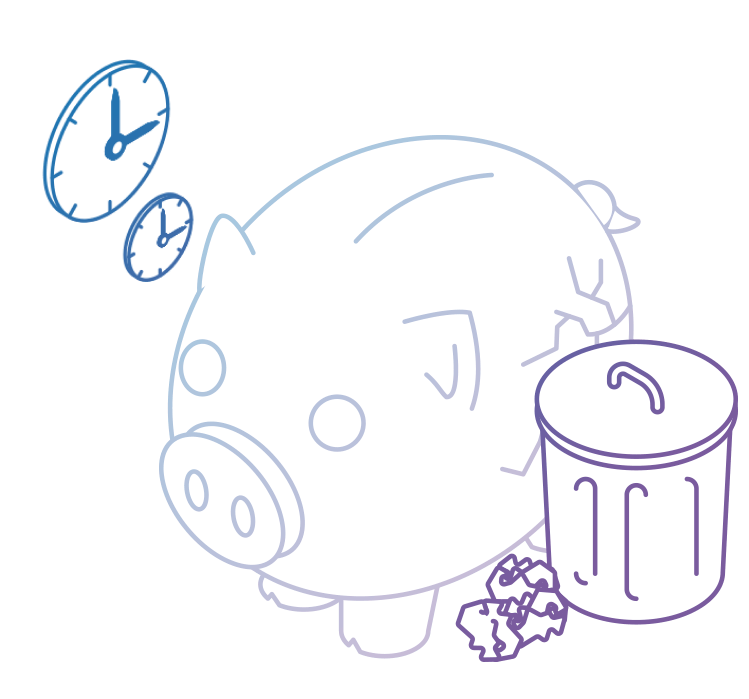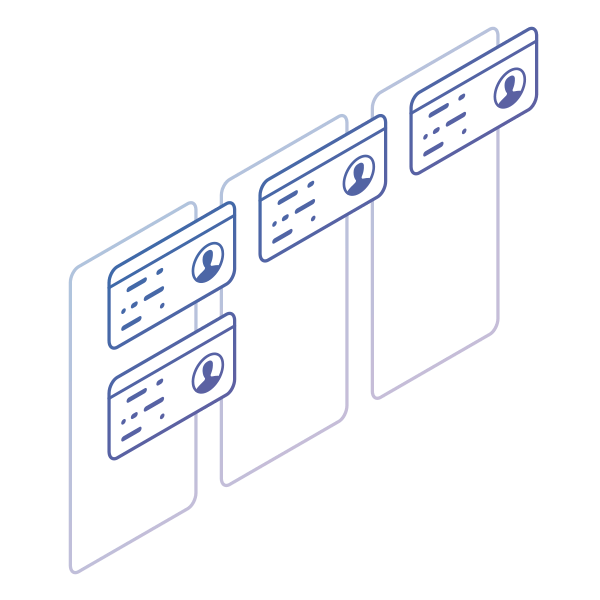Key Takeaways
-
What is 5S? 5S is a Lean workplace organization method built around five principles: Sort, Set in Order, Shine, Standardize, and Sustain.
-
Why use 5S in Lean? It helps eliminate waste, improve productivity, boost quality, and foster team discipline - critical pillars for sustainable Lean transformation.
-
Where did it originate? The 5S method comes from the Toyota Production System, designed to simplify workflows and standardize daily operations.
What Does 5S Stand For?
The 5S is a Lean method for workspace optimization and one of the foundations of Kaizen. It consists of 5 consecutive steps that allow any team to organize their workplace for maximum process efficiency. 5S stands for:
| Japanese Term |
Meaning |
Purpose |
| Seiri |
Sort |
Remove what's unnecessary |
|
Seiton
|
Set in Order |
Arrange everything for easy access |
|
Seiso
|
Shine |
Keep everything clean and functional |
| Seiketsu |
Standardize |
Create repeatable standards |
| Shitsuke |
Sustain |
Make 5S a habit, not a one-off |
Knowledge-work teams, project managers, and even software engineers use 5S to clean up digital clutter and streamline collaboration.
Why Does 5S Matter in Lean?
At its core, 5S is about working smarter, not harder. It's one of the most practical tools in the Lean toolbox, helping organizations eliminate waste (Muda) in areas like motion, waiting, and excess inventory. And its benefits extend far beyond tidy spaces:
- Faster workflows
- Improved safety
- Less time searching for tools or files
- Fewer interruptions
- More time for value-adding work
It's also an easy gateway to broader Lean adoption - laying the groundwork for disciplines like value stream mapping, Kanban, and continuous improvement.
How Do You Apply 5S in Digital and Office Work?
Even digital spaces get messy. 5S can help declutter, refocus, and improve your team's efficiency.
1. Sort Digital Tools
Create an inventory of all software and platforms your team uses. Remove tools that no longer deliver value, especially paid ones. Keep only what's necessary.
2. Set in Order Documents & Resources
Use cloud storage (like Google Drive or OneDrive) to organize documents clearly. Set naming conventions, label folders, and define where specific files should live. No one should spend more than 30 seconds searching for a document.
3. Shine Your Systems
Keep software updated, streamline interfaces, and ensure access permissions are clean. A "shiny" digital workplace runs smoothly and avoids tech debt.
4. Standardize Workflows
Using shared work boards to visualize tasks and ensure everyone follows the same process steps and work policies. This helps new employees onboard faster and keeps your team aligned.
5. Sustain Through Habits & Feedback
Hold regular team check-ins. Ask: "What's working? What's not?" Use the feedback to refine standards. The key to sustaining 5S is consistency and shared ownership.
Benefits of Lean 5S in Action
Here's how companies use 5S to drive tangible results:
-
Toyota: Pioneered the 5S approach to streamline production and increase reliability.
-
Boeing: Improved safety and reduced factory floor clutter.
-
HP: Optimized parts storage with labeled, easy-to-access shelving - saving time and money.
These benefits aren't just for factories. As discussed, 5S applies to knowledge work too.
Getting Started with 5S FAQs
Is 5S just about cleaning?
No - 5S is about functionality, flow, and focus, not just cleanliness. It's the foundation for Lean efficiency and continuous improvement.
How to keep people committed?
Make 5S a shared value. Empower teams to own their spaces, contribute ideas, and see the benefits in daily work.
What KPIs should you track?
Here are a few metrics to watch:
- Time saved locating tools/files
- Number of misplaced items
- Workspace audit scores
- Employee participation in improvement suggestions
"Without standards, there can be no improvement"
5S may look simply, but it can completely transform how your team works. It's not just about clearing physical clutter - it’s about creating a structured environment where improvement is possible - and sustainable.
* Quote by Taiichi Ohno, Father of the Toyota Production System
Businessmap is the most flexible software
to align work with company goals








